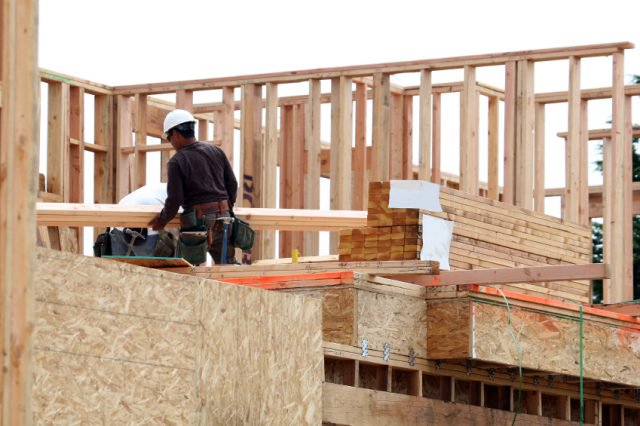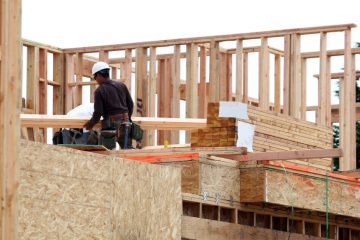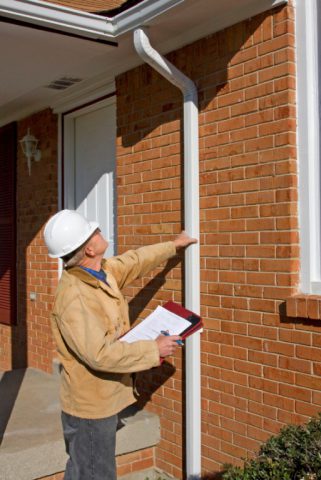Customer Interest High Despite Referendum, Reports Housebuilder
In its latest half-year report, housebuilder Taylor Wimpey claims that customer interest continues to be high, despite last month’s EU referendum.
In the first six months of 2016, the builder completed a total of 6,019 homes, up by 3% on the same period last year.
Its average selling price was also up, by 5.8%, to £238,000.
Looking ahead, Taylor Wimpey reports that it has a strong order book for the future, representing 8,683 new homes.

Customer Interest High Despite Referendum, Reports Housebuilder
The report found that although it is too early to assess the long-term effects of the EU referendum result, there has been no meaningful change to the housebuilder’s business to date, with trading in the past month at a normal seasonal range.
Since 24th June (the date the referendum result was announced), the early confidence indicators amongst homebuyers, alongside continued competitive lending by mortgage providers, are encouraging the resilience of the UK housing market.
Taylor Wimpey has also found that the Help to Buy scheme continues to be a differentiator for new build housing, and remains popular with its customers.
Positively, the housebuilder reports that commentary over the last month from the Government, Bank of England and mortgage lenders demonstrates a commitment to housing supply and recognition that there remains a fundamental imbalance between demand and supply.
Additionally, customer interest from Taylor Wimpey remains high, with website visits solid, and customers continuing to register interest in forthcoming developments and make appointments to progress their home purchases. Although the builder experienced a small increase in the average cancellation rate immediately after the referendum, this remained low compared to historic norms and is now back in line with recent low levels.
However, it’s not good news for the prime central London market, where demand has continued to slow. Despite this, the wider London market remains robust.
Taylor Wimpey insists that through focusing on creating long-term value and mitigating future risk, it delivers on providing homes in the right location, which is a “key determinant of a home purchase”. It is currently operating from 286 locations across the country, in villages, towns and cities “where people want to live”.
As a result, the housebuilder believes that it will continue to perform well throughout all market conditions.
The Chief Executive of Taylor Wimpey, Pete Redfern, comments: “We have delivered a strong operational and financial performance, with continued growth in profitability, building over 6,000 new homes across the country during the first half of 2016.
“One month on from the EU referendum, current trading remains in line with normal seasonal patterns. Customer interest continues to be high, with a good level of visitors both to our developments and to our website. We are monitoring customer confidence closely across a number of metrics, including appointment bookings, and these continue to be solid. Whilst it is still too early to assess what the longer-term impact from the referendum result on the housing market may be, we are encouraged by the first month’s trading and by continued competitive lending from the mortgage providers, as well as the positive commentary from Government and policymakers.”
If confidence in the housing market continues, will the demand and supply imbalance be corrected?










